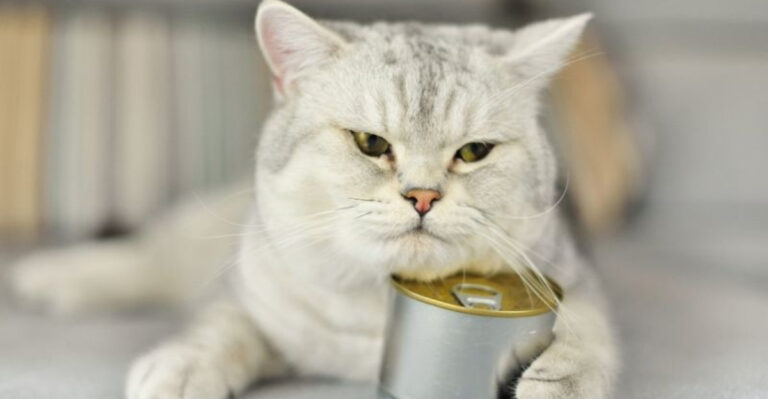14 Cat Neurological Disorders Every Pet Parent Should Recognize
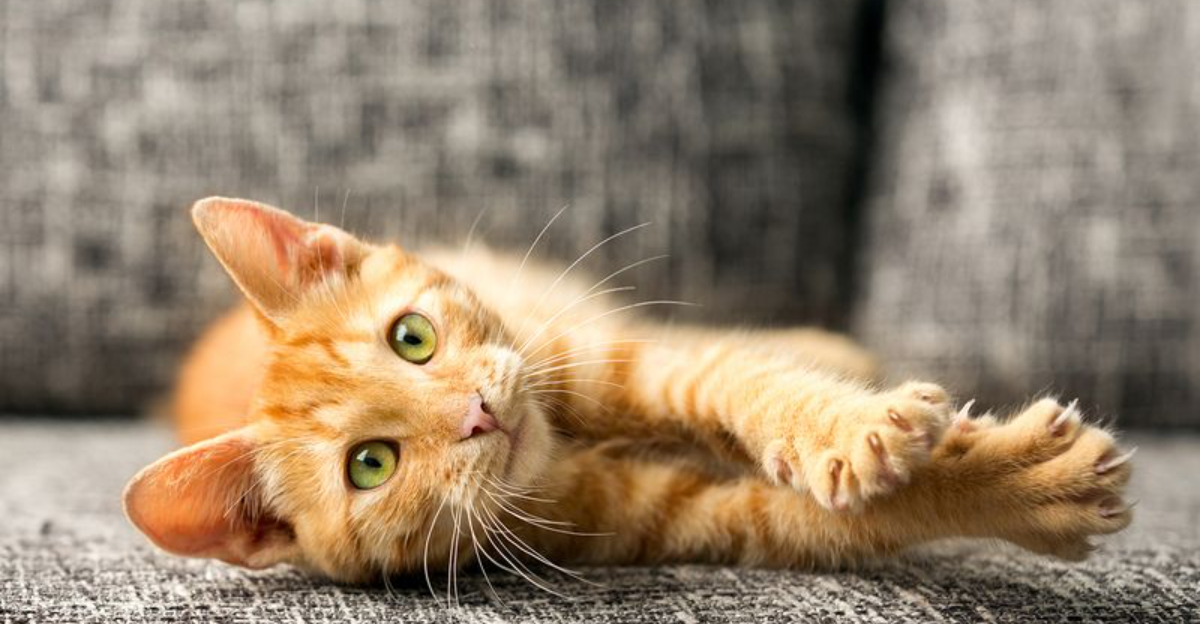
Our feline friends can face hidden health challenges that affect their nervous system. Recognizing the signs of neurological disorders in cats could mean the difference between timely treatment and lasting damage.
As responsible pet parents, learning to spot these conditions helps us keep our purring companions healthy and happy for years to come.
1. Feline Epilepsy

Sudden seizures might be the most dramatic sign of feline epilepsy. Your cat may collapse, paddle their legs, or foam at the mouth during these frightening episodes.
Between seizures, most cats appear completely normal, making diagnosis tricky. Medication can often control these episodes, giving your furry friend a comfortable life despite this condition.
2. Vestibular Disease

Picture your cat suddenly tilting their head and walking like they’ve had too much catnip. Vestibular disease affects balance and coordination, making your normally graceful kitty stumble like they’re on a rocking boat.
Head tilting, circling, and rolling are common symptoms. Many cats recover naturally within weeks, though older felines may retain a slight head tilt as a permanent reminder.
3. Cerebellar Hypoplasia
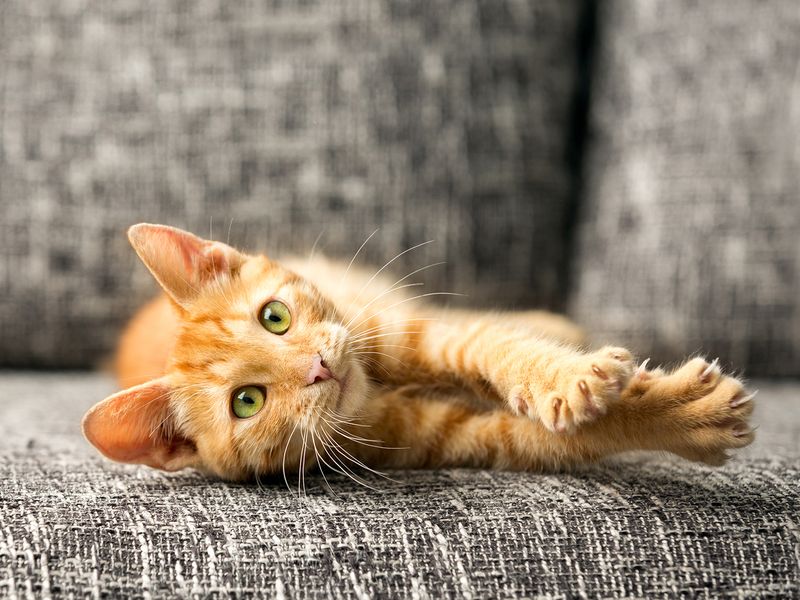
Born with wobbly legs and shaky movements, kittens with cerebellar hypoplasia resemble tiny, adorable drunk sailors. This non-progressive condition results from incomplete cerebellum development, often due to their mother contracting certain viruses during pregnancy.
Despite their uncoordinated movements, affected cats feel no pain and live normal lifespans. These special ‘wobbly cats’ simply need modified environments to thrive.
4. Feline Cognitive Dysfunction
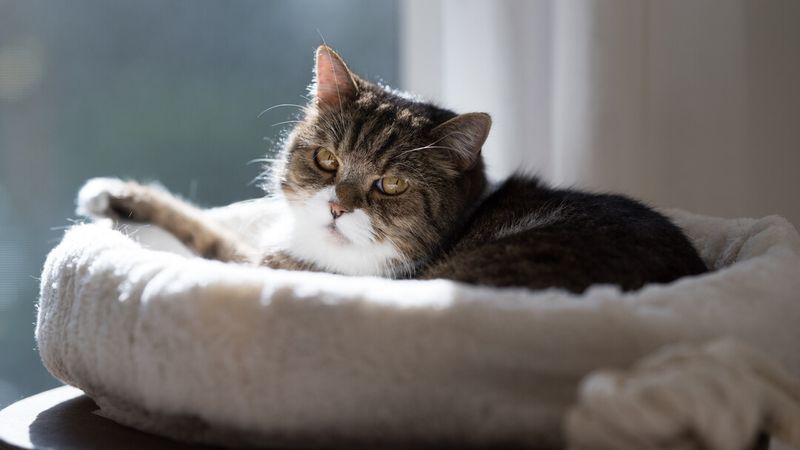
Memory lapses and confusion aren’t just human problems. Senior cats can develop a condition similar to Alzheimer’s disease, where they forget litter box locations or get lost in familiar spaces.
Nighttime yowling and altered sleep patterns often signal this age-related change. While there’s no cure, supplements, environmental enrichment, and consistent routines help manage symptoms and improve quality of life for your aging companion.
5. Feline Infectious Peritonitis (FIP)

Once considered a death sentence, FIP now has promising treatment options. This coronavirus mutation can attack the nervous system, causing seizures, behavior changes, and coordination problems.
Young cats under two years old face the highest risk. Recent breakthroughs with antiviral medications have transformed this once-fatal disease into a potentially treatable condition, giving hope to thousands of cat families.
6. Brain Tumors

Unusual behavior changes might signal something more serious than a quirky personality. Brain tumors in cats can cause circling, pressing their head against walls, or sudden aggression in previously sweet pets.
Seizures that begin after age 5 often raise red flags for tumors. Advanced imaging like MRIs help veterinarians spot these growths, with treatment options ranging from surgery to radiation therapy depending on tumor location and type.
7. Spinal Cord Injuries
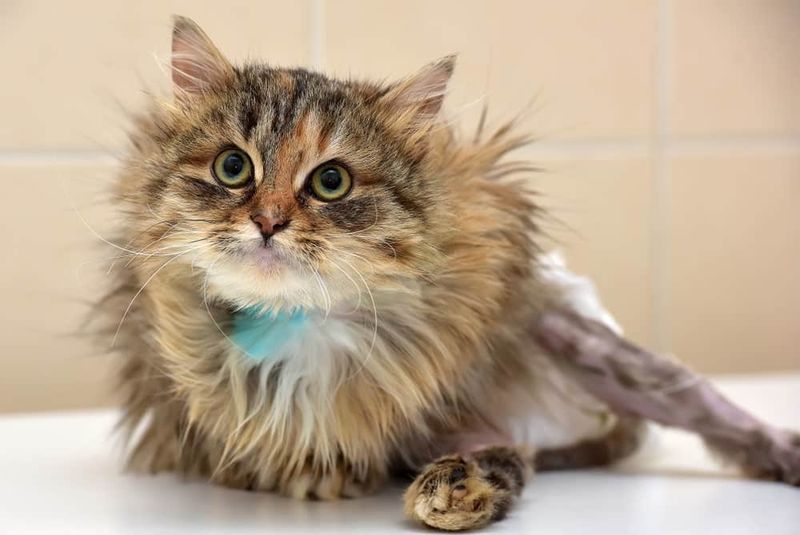
Falls from heights can lead to devastating spinal damage in our feline daredevils. Outdoor cats and those who love window perches face particular risks of traumatic injuries that affect nerve function.
Symptoms range from subtle pain to complete paralysis depending on injury severity. Quick veterinary attention makes all the difference, with some cats making remarkable recoveries through rest, medication, and sometimes specialized physical therapy.
8. Toxoplasmosis
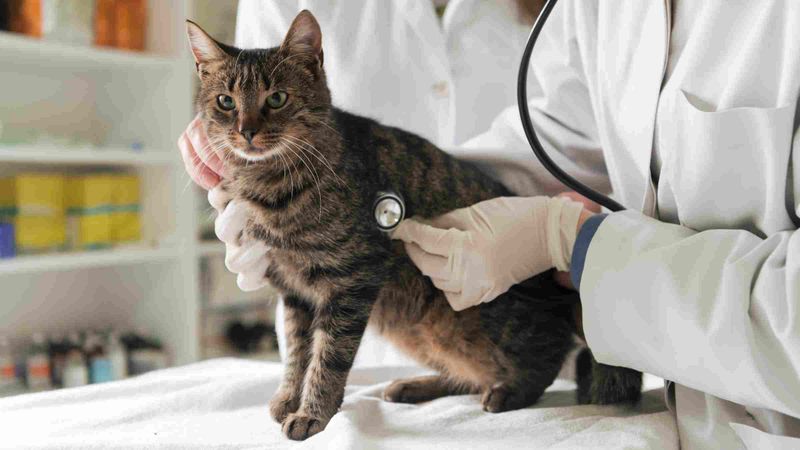
Hidden in uncooked meat and some cat litter boxes lurks a parasite that can wreak neurological havoc. Toxoplasmosis primarily threatens cats with compromised immune systems, causing tremors, seizures, and unusual behavior.
Outdoor hunters who feast on infected prey face higher risks. Keeping your cat indoors and feeding cooked commercial food significantly reduces exposure to this common parasite that can also affect humans.
9. Feline Hyperesthesia Syndrome

Rippling skin along the back and frantic self-grooming might signal this mysterious condition. Cats with hyperesthesia act as if invisible bugs are crawling on them, suddenly racing around or aggressively attacking their own tail.
Episodes typically last just minutes but can be distressing. While the exact cause remains unknown, stress reduction, environmental enrichment, and sometimes medication help manage this peculiar neurological syndrome that’s often mistaken for behavioral problems.
10. Thiamine Deficiency

Feeding exclusively fish-based diets can lead to a dangerous vitamin shortage. Thiamine deficiency creates dramatic neurological symptoms including head tilts, seizures, and a peculiar wide-legged stance.
Commercial pet foods prevent this issue through careful formulation. Raw fish diets pose particular risks since they contain thiaminase, an enzyme that destroys thiamine. Fortunately, with prompt vitamin supplementation, affected cats often make complete recoveries.
11. Feline Ischemic Encephalopathy
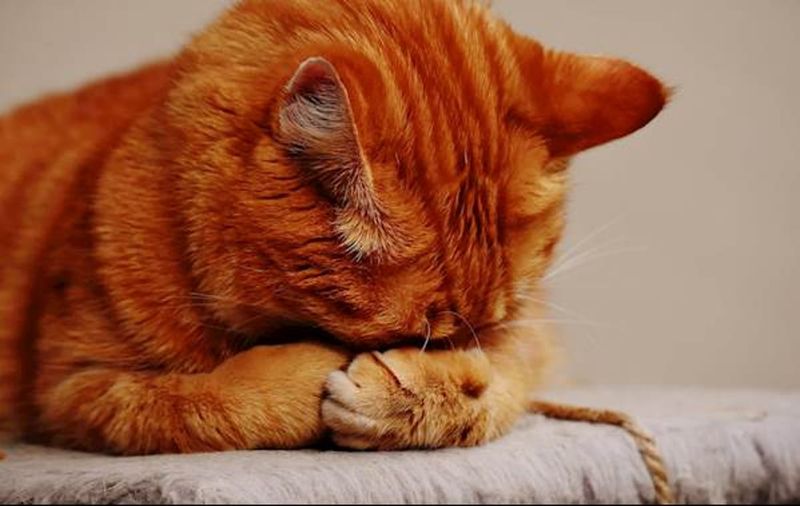
Heart problems can lead to brain problems when tiny blood clots block circulation. These clots can travel to the brain, causing sudden neurological symptoms like disorientation, circling, or even temporary blindness.
Underlying heart disease often goes undetected until these dramatic episodes occur. Blood thinners and heart medications help prevent recurrence, making regular veterinary check-ups crucial for cats, especially those with heart murmurs or known cardiac conditions.
12. Meningitis
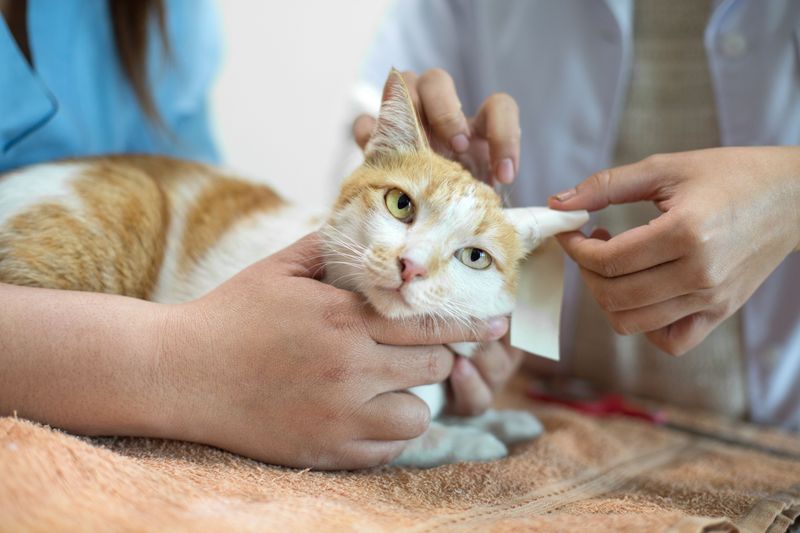
Fever and neck pain might signal inflammation of the protective membranes around your cat’s brain and spinal cord. Meningitis makes cats extremely sensitive to touch, particularly around the head and neck.
Infections, immune disorders, or certain medications can trigger this serious condition. Early intervention with antibiotics or anti-inflammatory drugs offers the best prognosis, making it crucial to seek veterinary care promptly when your cat shows unusual sensitivity or pain.
13. Polyneuropathy
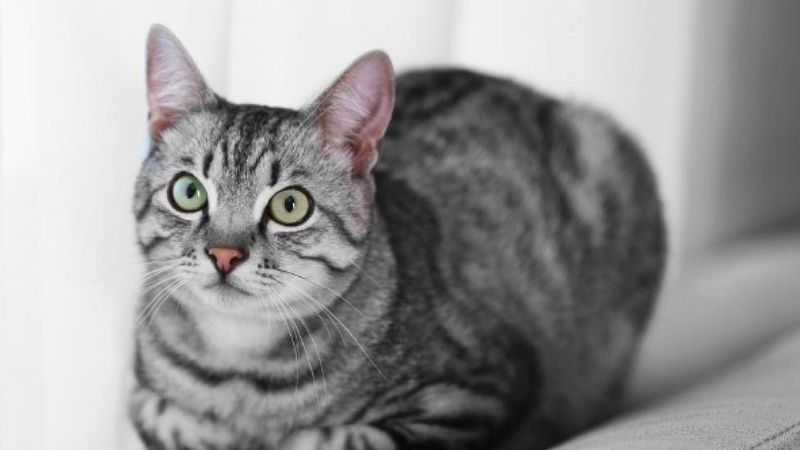
Weakness starting in the back legs and gradually progressing forward might indicate polyneuropathy. This condition damages multiple nerves, affecting your cat’s ability to walk, jump, or even feel their paws properly.
Diabetes, certain infections, and toxin exposure are common culprits. Diagnosis involves nerve conduction studies and blood work. Addressing the underlying cause can sometimes reverse symptoms, especially when caught early before permanent nerve damage occurs.
14. Hydrocephalus

Kittens born with unusually domed heads might have fluid accumulation in their brain. Hydrocephalus creates pressure that can cause developmental delays, coordination problems, and sometimes seizures.
Some mild cases stabilize naturally as kittens grow. More severe cases may require medication to reduce fluid production or surgical shunting procedures. These special-needs kitties often have slightly crossed eyes and may need lifelong care but can still be loving companions.




